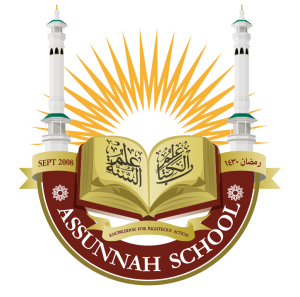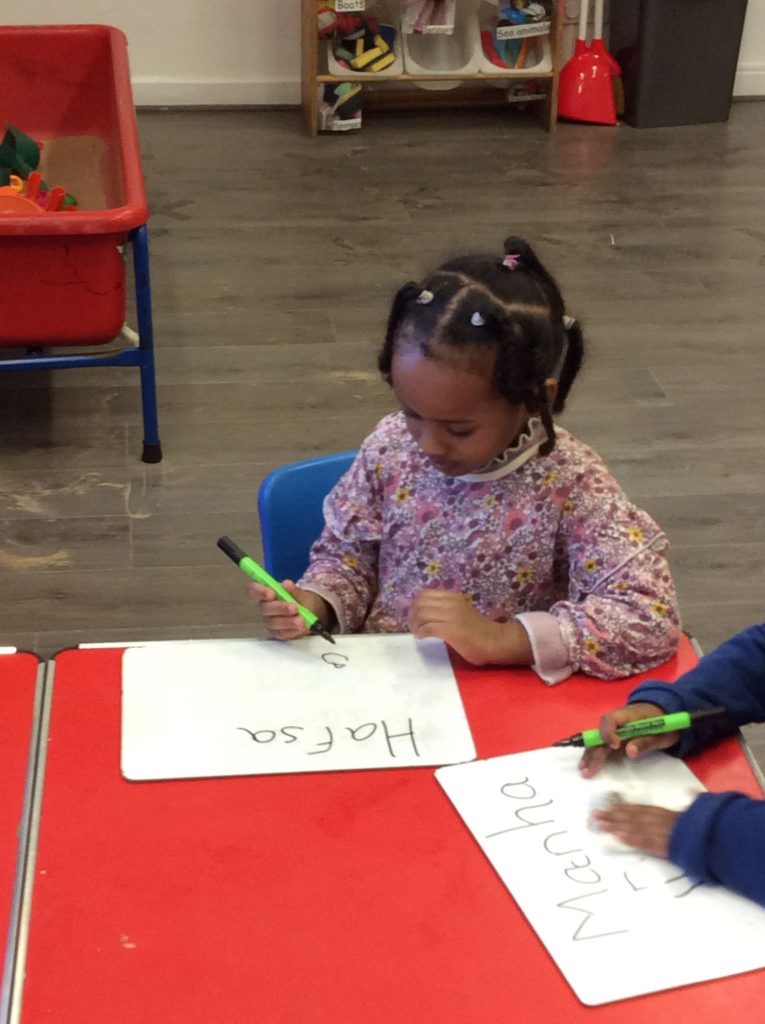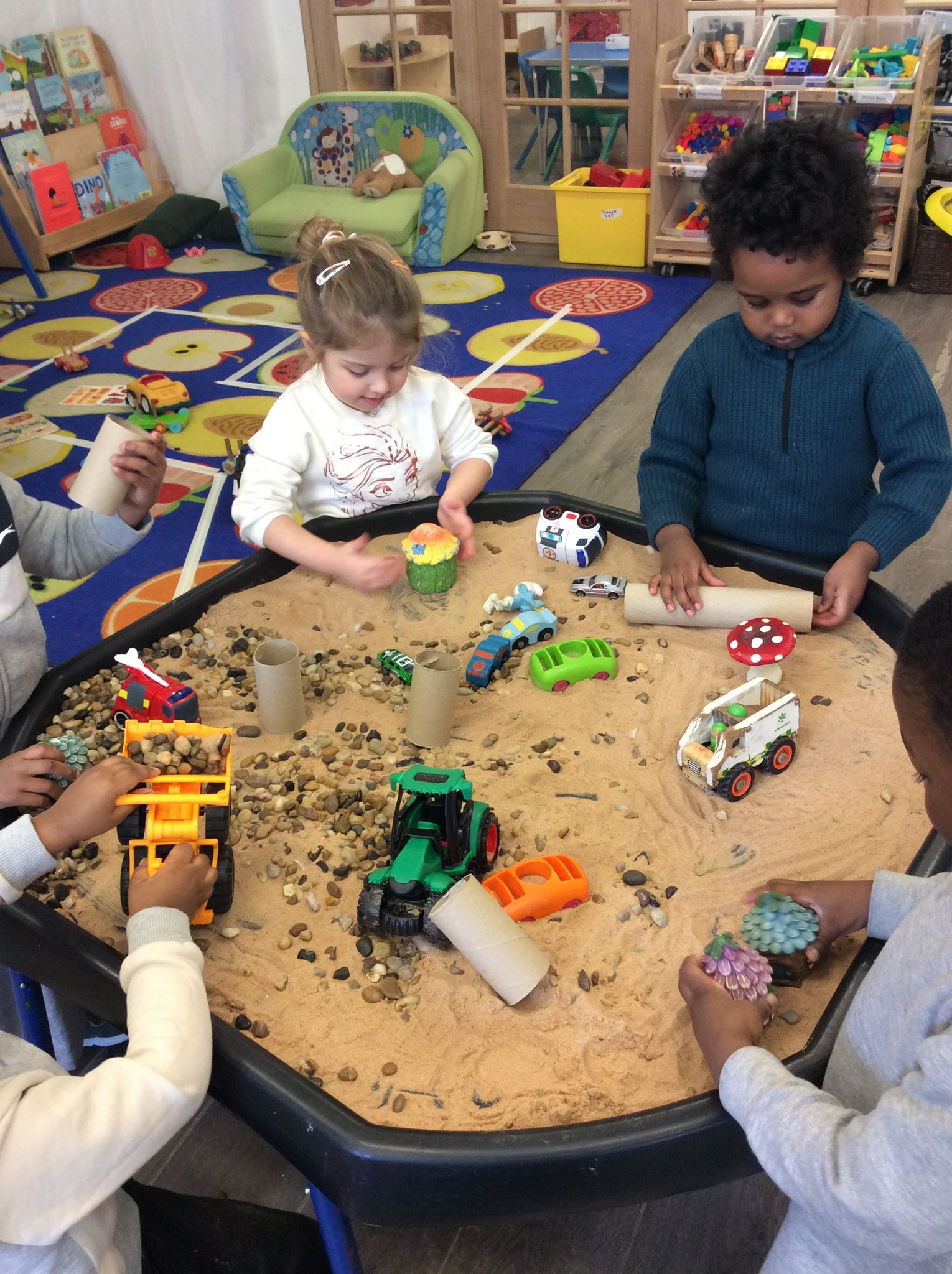Literacy, Mathematics, Expressive Art & Design, and Understanding the world. The Specific areas provide the range of experiences and opportunities for children to broaden their knowledge and skills:
1. Literacy early learning goals
Reading:
- Children read and understand simple sentences.
- They use phonic knowledge to decode regular words and read them aloud accurately.
- They also read some common irregular words.
- They demonstrate understanding when talking with others about what they have read.
Writing:
- Children use their phonic knowledge to write words in ways which match their spoken sounds.
- They also write some irregular common words.
- They write simple sentences which can be read by themselves and others.
- Some words are spelt correctly and others are phonetically plausible.
2. Maths early learning goals
Numbers:
- Children count reliably with numbers from 1 to 20, place them in order and say which number is one more or one less than a given number.
- Using quantities and objects, they add and subtract two single-digit numbers and count on or back to find the answer.
- They solve problems, including doubling, halving and sharing.
Shape, space and measures:
- Children use everyday language to talk about size, weight, capacity, position, distance, time and money to compare quantities and objects and to solve problems.
- They recognize, create and describe patterns.
- They explore characteristics of everyday objects and shapes and use mathematical language to describe them.
3. Art & Design early learning goals
Exploring and using media and materials:
- Children sing nursery rhymes, anasheed, and experiment with ways of changing them.
- They safely use and explore a variety of materials, tools and techniques, experimenting with colour, design, texture, form and function.
Being imaginative:
- Children use what they have learnt about media and materials in original ways, thinking about uses and purposes.
- They represent their own ideas, thoughts and feelings through design and technology, art, music, dance, role-play and stories
4. Understanding the World early learning goals
People and communities:
- Children talk about past and present events in their own lives and in the lives of family members.
- They know that other children don’t always enjoy the same things, and are sensitive to this.
- They know about similarities and differences between themselves and others, and among families, communities and traditions.
The world:
- Children know about similarities and differences in relation to places, objects, materials and living things.
- They talk about the features of their own immediate environment and how environments might vary from one another.
- They make observations of animals and plants and explain why some things occur, and talk about changes.
Technology:
- Children recognise that a range of technology is used in places such as homes and schools.
- They select and use technology for particular purposes.








